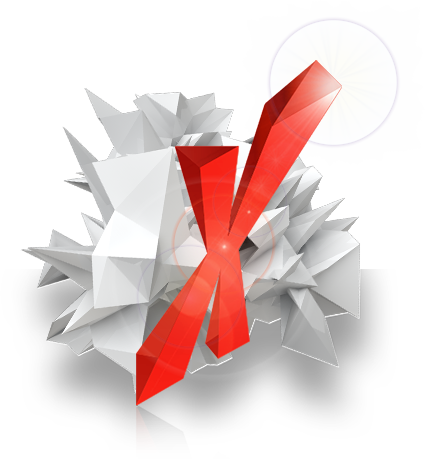




A content management system, or CMS, is a way in which users can manage the content available on a website. While the term has been defined a few different ways, most people think of it as an online application that allows multiple users to manage the content and other information for a website or other type of online application. One popular CMS often used for online blogs managed by several people is WordPress.
There are a number of different benefits to using a CMS.
One of the biggest advantages of a CMS is that it changes who is responsible for updating and maintaining content on a website. Prior to this, all content on a website had to be coded into a webpage and uploaded to the server by someone who either had website programming experience or knew how to use web publishing software like Dreamweaver.
The process for uploading new content usually went like this: someone in the company created the content and sent the various pieces (the text, images, and other content was usually separate at this point) to the webmaster. The webmaster would then code the page either by hand or by using a web publishing program (this is where the different types of content were integrated into a single webpage). The page was then uploaded to the server. However, the page existed in a vacuum—it was not connected to the rest of the website until the webmaster edited other webpages to include links to the new content.
With a CMS, this process is greatly simplified. The content creator logs in to the CMS, uploads their text, photos, and other content, arranges everything in the editor as they want it, and clicks publish. The content is automatically coded, published online, and integrated into the site.
